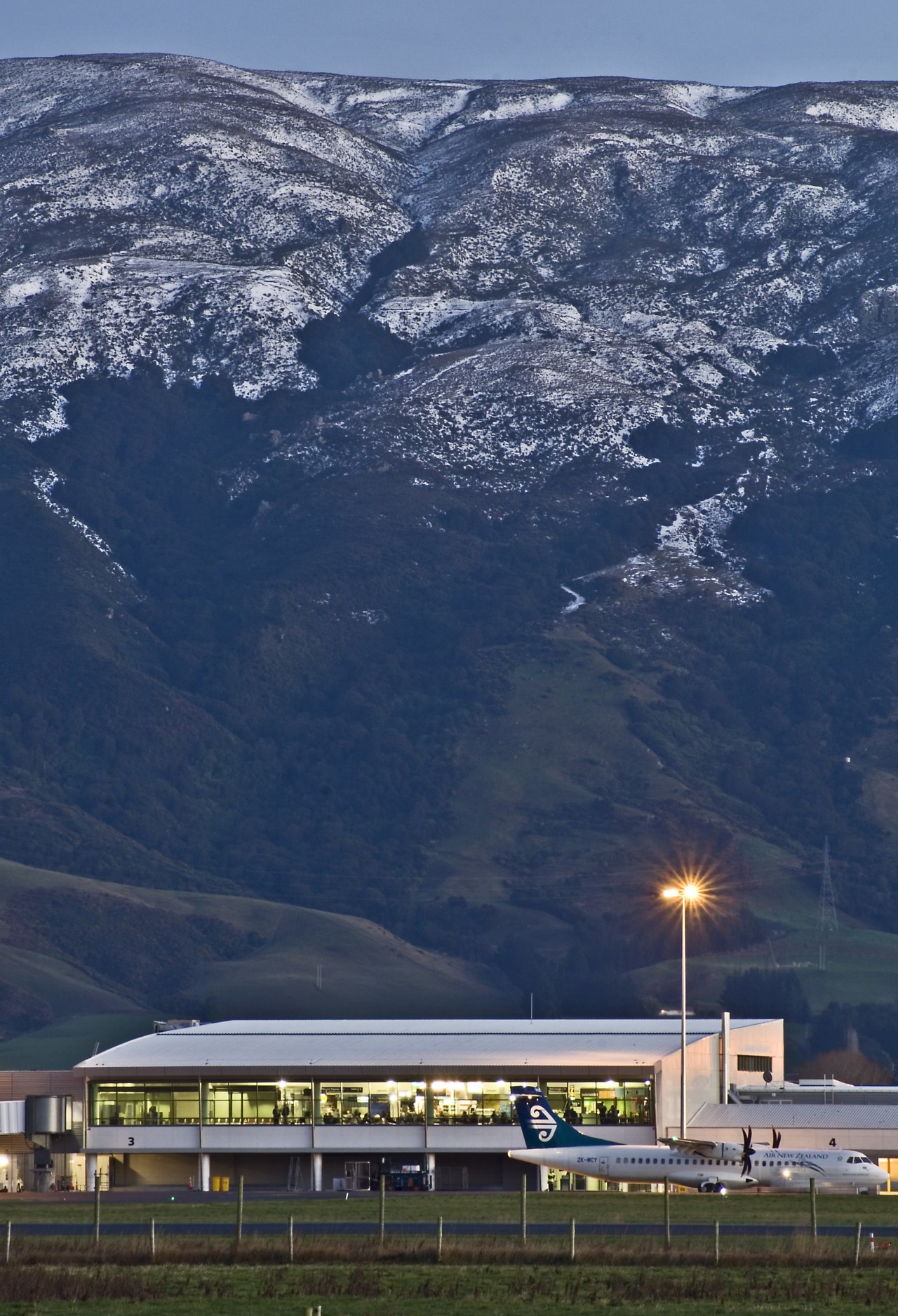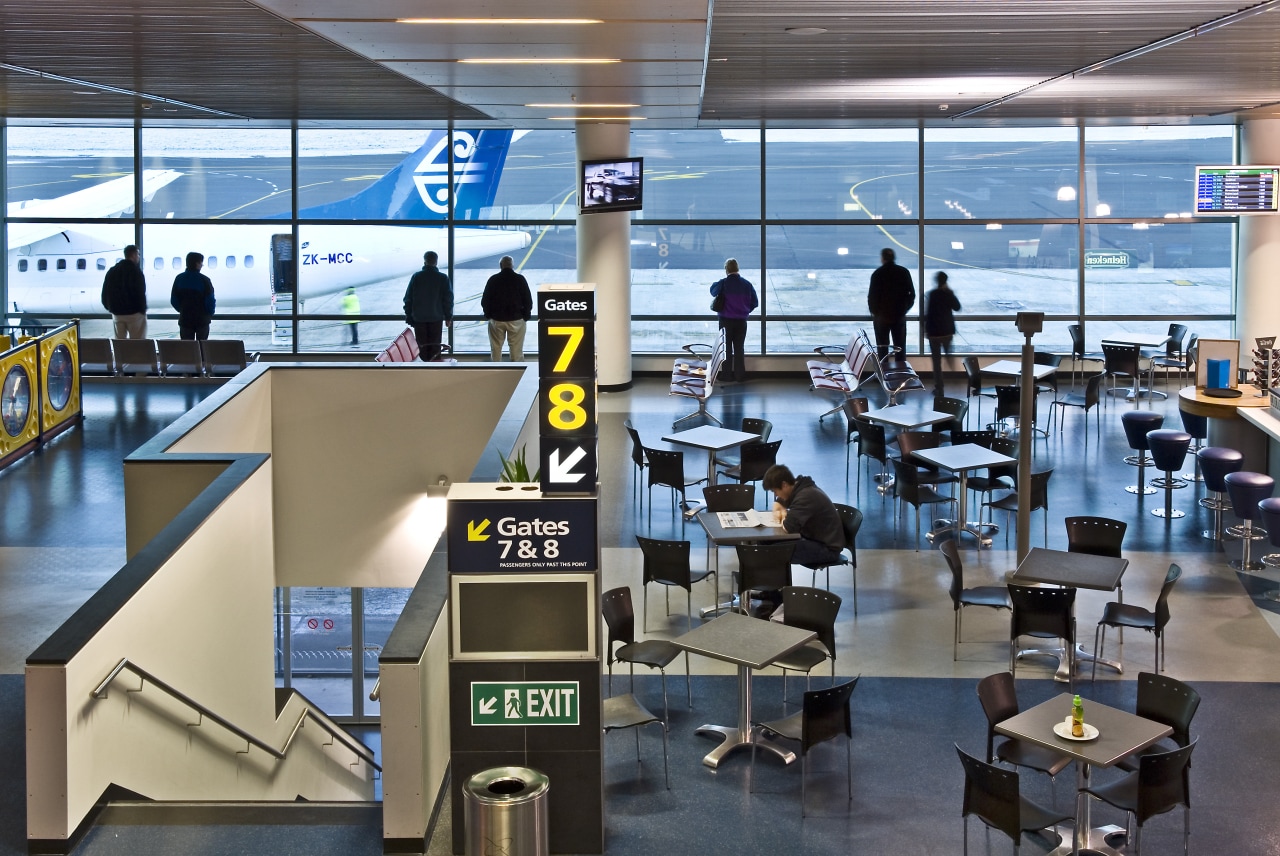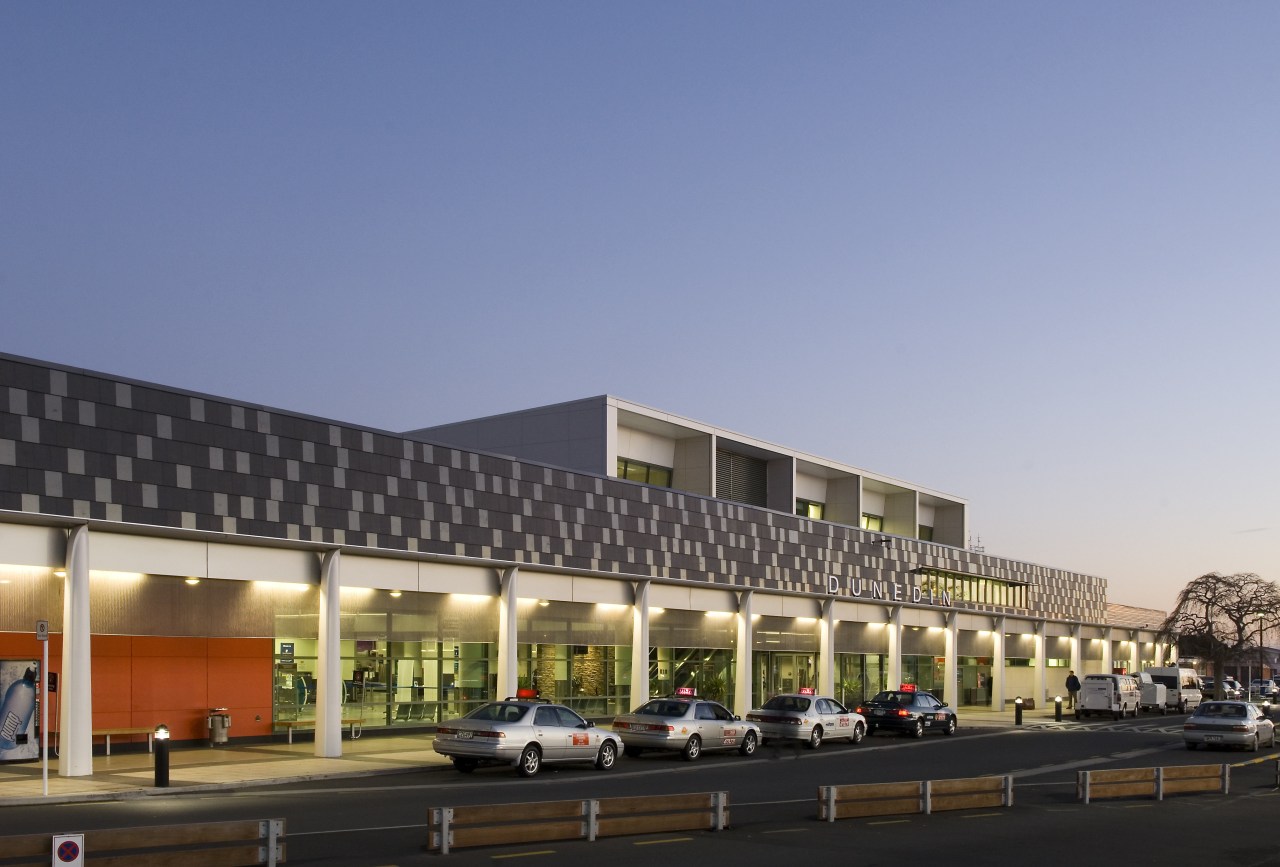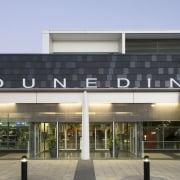Design takes flight
Vastly improved user volume and efficiency, cultural identity, adroitly met budgets and sheer architectural verve are all reflected in the new Dunedin International Airport

Designing a modern airport terminal goes beyond achieving efficient passenger management. An airport is an ambassador for the region it services providing visitors with their first architectural and cultural impression of their destination and, upon departure, their last.
Wellington architectural firm CCM Architects was asked by Dunedin International Airport to substantially reinvent the existing Dunedin terminal. The result was an NZIA award-winning building that has opened up Dunedin to international flights from Air New Zealand and Virgin Blue. Project director John Rogers outlines a design that impresses locals as well as visitors.
"The existing Dunedin airport terminal was in urgent need of a major rebuild and renovation to cater for steadily increasing passenger flows and radically altered security and airline requirements, and to address major functional inefficiencies," says Rogers.
The runway and apron were in good condition, and to construct the new terminal on a new greenfields site would have been prohibitively expensive. Many planning options were tested, and the most satisfactory was to carefully build over the existing footprint. Retention of some existing building elements was necessary to meet budget constraints, and these had to be absorbed aesthetically into the new design.

CCM Architects and Dunedin associates Baker Garden Architects were given a brief to provide a highly efficient and functional airport that had planning clarity.
"The terminal also had to be able to extend all its key functional areas in the future, and this became a major design driver," says the architect. "In addition to this, it was to celebrate the travel experience, and be an iconic building for Dunedin and its hinterland."
A key aspect in planning this terminal was to ensure all passenger and support service flows were direct and efficient. Passengers and visitors can readily understand the layout without the need for extensive signage, and celebrate the experience of farewells and flight from the expansive glazing along the retail and boarding areas on the first floor.
The arrival spaces and check-in halls are generous, and the two public levels are linked via stairs, lifts and escalators all grouped together. The upper level lounges and conference centre look down over the retail area and runway, and out to the Maungatua Hills to the west. Artwork in this area is by local artists.

"The building has a long colonnade facing the passenger drop off areas and car park, with pre-cast columns representative of albatross beaks an iconic bird for the region. Black polished bluestone above the colonnade exterior represents the bird's plumage."
Great attention was given to energy-efficient design, and cost-in-use modelling criteria were used. Displacement ventilation, located around the columns at ground level, was provided using coolant direct from the underground aquifer. The internal lighting was modelled and optimised for maximum value.
"The completed terminal is light, airy, highly functional and energy efficient," says Rogers. "As the gateway to Dunedin, it is socially and culturally important for the region."
For details on CCM Architects, visit the website: www.CCM.co.nz. For further information on Dunedin International Airport, go to: www.dnairport.co.nz.
Story by: Trendsideas
Home kitchen bathroom commercial design





